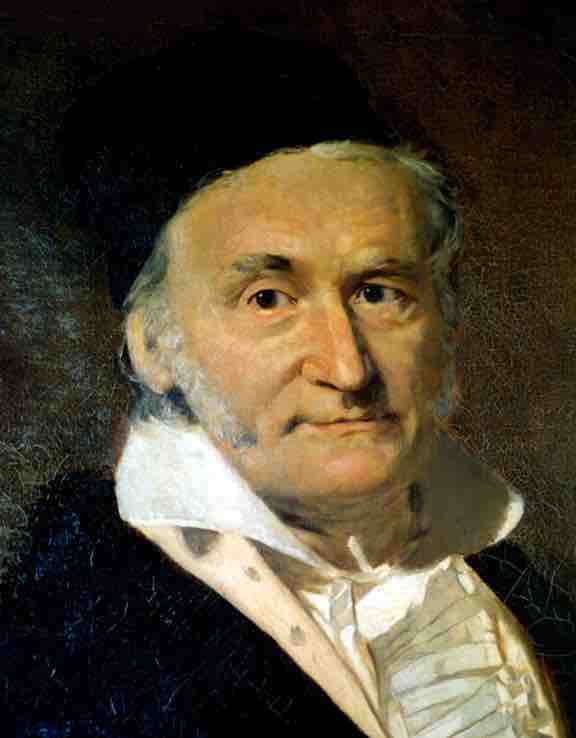Gauss's law, also known as Gauss's flux theorem, is a law relating the distribution of electric charge to the resulting electric field.
The law was formulated by Carl Friedrich Gauss (see ) in 1835, but was not published until 1867. It is one of the four Maxwell's equations which form the basis of classical electrodynamics, the other three being Gauss's law for magnetism, Faraday's law of induction, and Ampère's law with Maxwell's correction.

Carl Friedrich Gauss
Carl Friedrich Gauss (1777–1855), painted by Christian Albrecht Jensen
Gauss's law can be used to derive Coulomb's law, and vice versa. Note that since Coulomb's law only applies to stationary charges, there is no reason to expect Gauss's law to hold for moving charges based on this derivation alone. In fact, Gauss's law does hold for moving charges, and in this respect Gauss's law is more general than Coulomb's law.
In words, Gauss's law states that: The net outward normal electric flux through any closed surface is proportional to the total electric charge enclosed within that closed surface.
The law can be expressed mathematically using vector calculus in integral form and differential form, both are equivalent since they are related by the divergence theorem, also called Gauss's theorem. Each of these forms in turn can also be expressed two ways: In terms of a relation between the electric field E and the total electric charge, or in terms of the electric displacement field D and the free electric charge.
Gauss's law has a close mathematical similarity with a number of laws in other areas of physics, such as Gauss's law for magnetism and Gauss's law for gravity. In fact, any "inverse-square law" can be formulated in a way similar to Gauss's law: For example, Gauss's law itself is essentially equivalent to the inverse-square Coulomb's law, and Gauss's law for gravity is essentially equivalent to the inverse-square Newton's law of gravity.